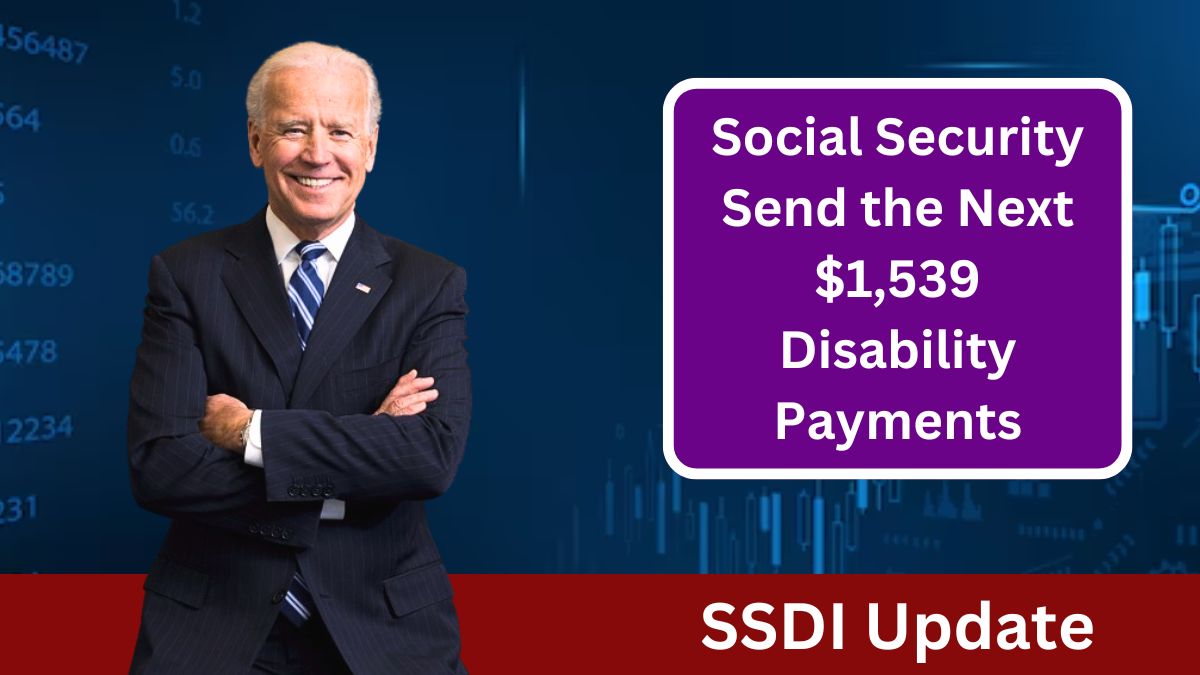If you’re receiving Social Security Disability Insurance (SSDI), November brings three key payment dates. SSDI payments will be issued on the second, third, and fourth Wednesdays of the month. Depending on when your birthday falls, your SSDI payday could be on November 13, 20, or 27. If you’ve already received SSDI on November 1, you won’t qualify for the remaining payments in November. However, those on Supplemental Security Income (SSI) will receive their next SSI payment on November 29, but not another SSDI payment.
SSDI Payment Schedule
Your SSDI payment date depends on your birth date. The Social Security Administration has a structured schedule for payments that looks like this:
| Birthday Range | SSDI Payment Date |
|---|---|
| Born 1st – 10th | November 13 |
| Born 11th – 20th | November 20 |
| Born 21st – 31st | November 27 |
If your birthday falls between the 1st and the 10th of any month, you can expect your SSDI payment on November 13. Those born between the 11th and the 20th will get their payment on November 20, while individuals born from the 21st to the 31st will receive their direct deposit on November 27.
Next SSDI Payment
For some recipients, the wait for their next SSDI payment could be up to 22 days, depending on their birth date. For example:
- If your birthday is between the 1st and the 10th, you’ll receive your next SSDI payment in just 8 days (on November 13).
- If you were born between the 21st and the 31st, you may have to wait over 20 days to get your payment on November 27.
The last SSDI payday for November is on November 27, just two days before the next SSI payment on November 29. For those who have been receiving both SSDI and SSI since before May 1997, another payment will be made on December 3.
Average SSDI Payments
If you’re wondering how much you’ll receive in your SSDI payment, the average amount is $1,539. However, the actual amount you receive can vary depending on several factors, including:
- The number of years you worked.
- The amount of Social Security taxes you paid.
- The age at which you applied for Disability Insurance.
- Other SSA-related factors.
For high earners, SSDI benefits can be as high as $3,822 per month. To receive the maximum, you must have earned the taxable maximum for at least 35 years and filed for SSDI as late as the SSA allows. This ensures that individuals who worked for a long period in jobs covered by the SSA can receive higher benefits.
Key Takeaways
- November SSDI payment dates: November 13, 20, and 27, depending on your birth date.
- SSI payment: November 29, 2024, for those receiving SSI.
- Average SSDI check: $1,539, but high earners can get up to $3,822.
- Your SSDI payment date depends on your birthday, and the wait for the next payment could be up to 22 days.
Understanding the SSDI payment schedule for November ensures that you’re prepared for when your next check arrives, helping you manage your finances and plan accordingly.
FAQs
Who gets paid SSDI on November 13?
People born between the 1st and 10th of any month.
When is the last SSDI payday in November?
The last SSDI payday is November 27.
What is the average SSDI payment?
The average SSDI payment is $1,539.
How much can high earners get from SSDI?
High earners can receive up to $3,822 per month.
When do SSI recipients get paid in November?
SSI recipients will be paid on November 29.











